The new generation
The new generation of Cretan wines
By wine surveyor Giorgos Makris, www.winesurveyor.gr – gnm@winesurveyor.gr
The rise in the quality of Greek wine, its improved image and its wider acceptance both in Greece and abroad are indisputable facts, witnessed in all the vine-growing and wine-producing regions of the country.
The evolution of Cretan wine was the most substantial and impressive, compared to any other region in Greece, resulting in the fundamental improvement in its quality, image and acceptance. The developments that have already been recorded, in addition to those that are still being recorded, can be interpreted quite clearly in terms of historical, social, production-related and economic factors.
Knowing how things were in the beginning helps depict more clearly the impressive course that led to the present state of affairs. Thus, this article will attempt to describe these factors and the transitional stage towards contemporary bottled Cretan wine.
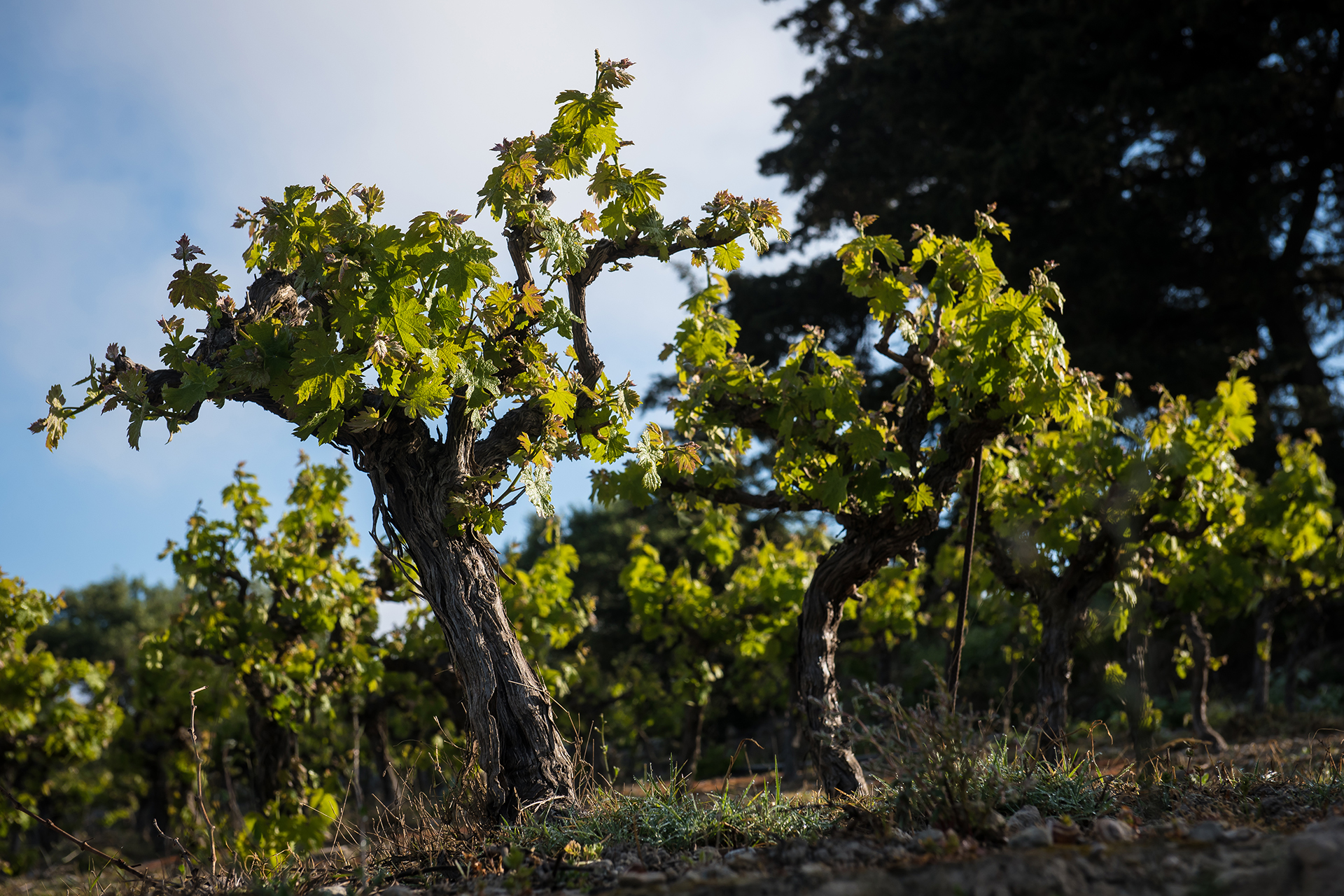
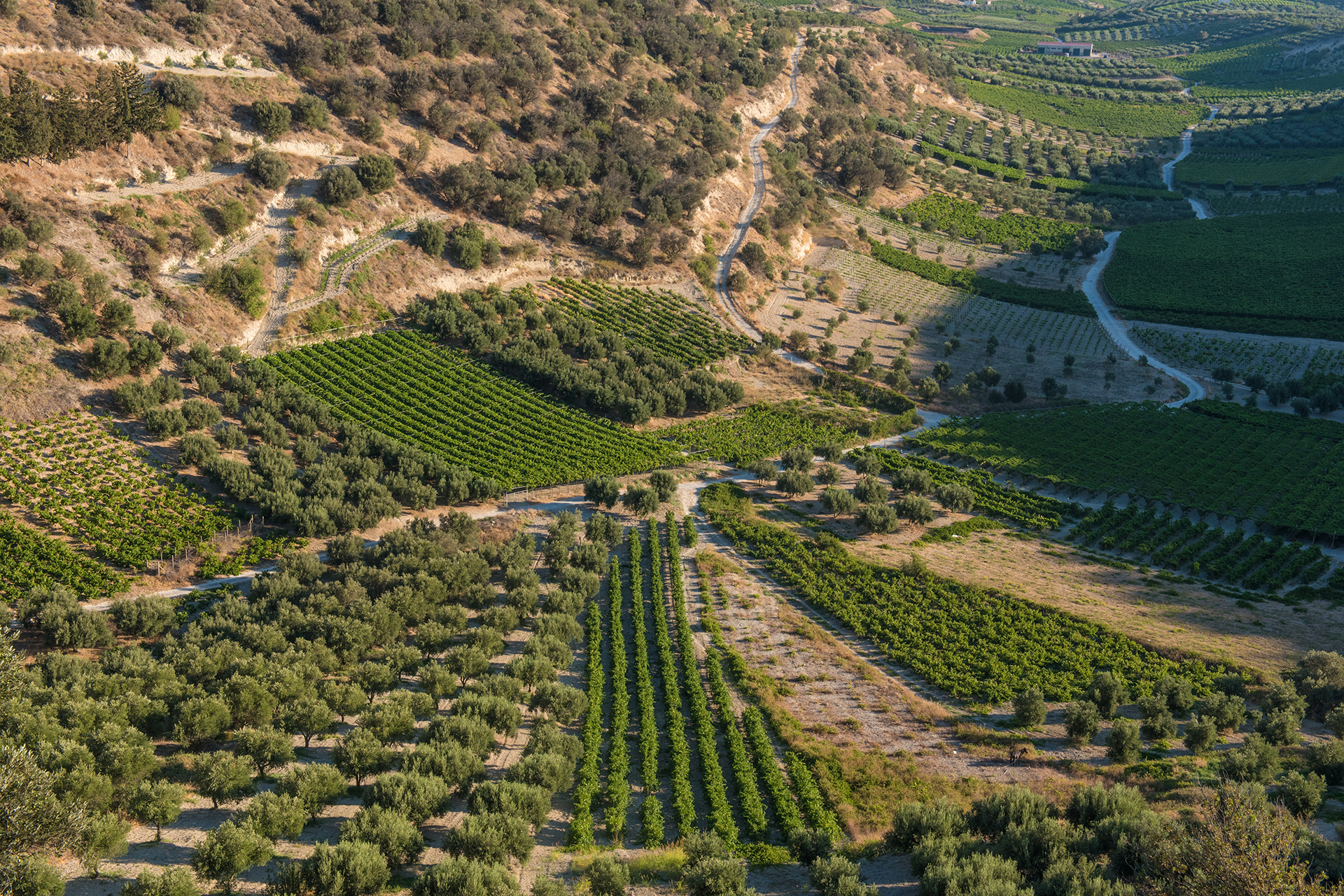
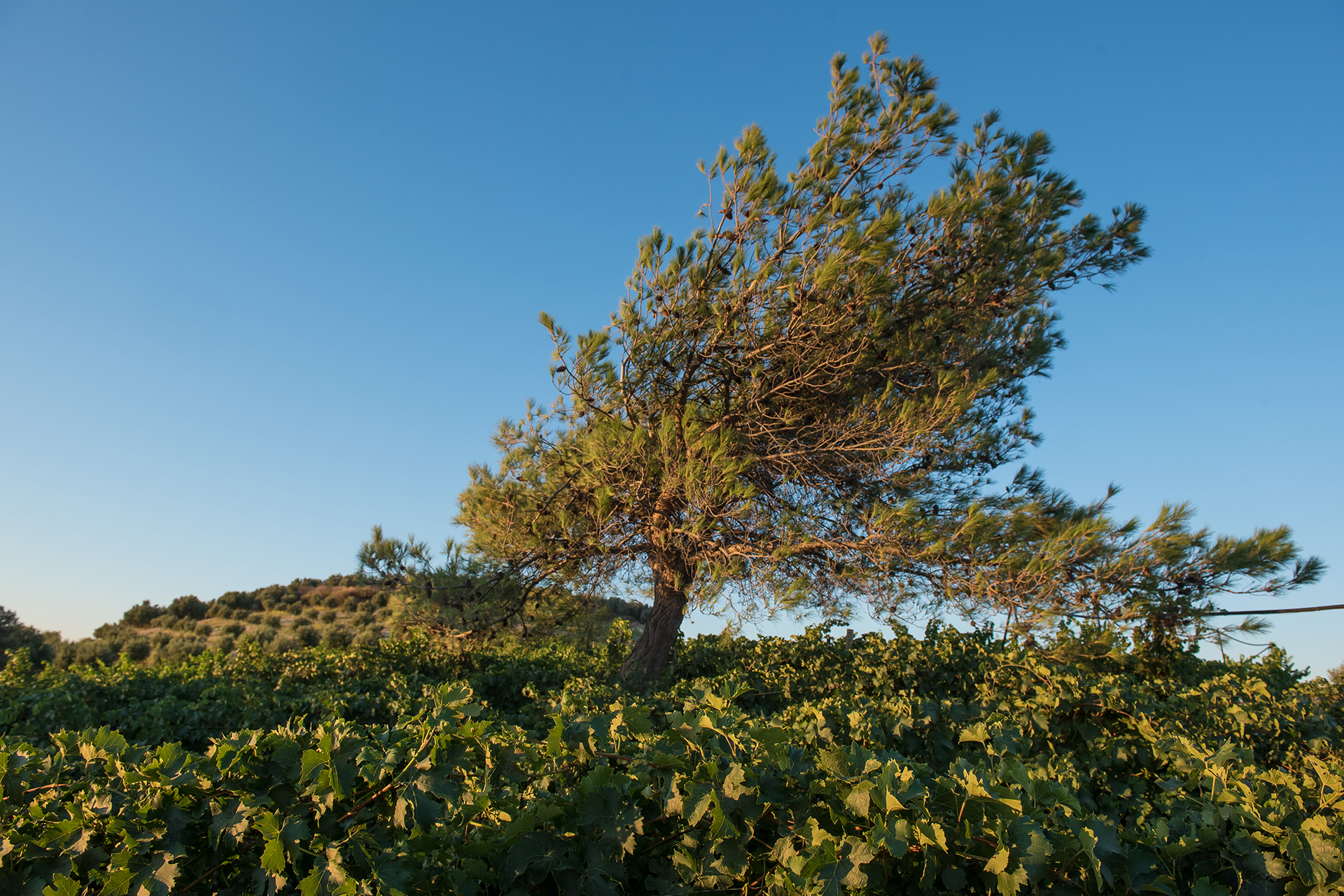
Vines and wine in Crete
Crete hosts one of the largest vineyards in Greece, in terms of both size and production. The Cretan vineyard has the longest history and continuous presence in Europe, if not in the whole world. Archaeological findings and historical sources have proven that the Cretan vineyard has never ceased to produce wine from the Minoan times to the present day.
Therefore, it is only natural that vine-growing and wine are such an inseparable part of the everyday life of Cretans, inextricably interwoven with so many aspects of their public and private life. Wine is present on the everyday table, in the feast of Saint George, in Cretan folk songs and myths. Thus, up until two or three decades ago, in addition to the few organized wineries of the time, the main bulk of wine production came from domestic vinification, a most widespread tradition among Cretan households. This production was mainly intended for private consumption. In each household, wine was their passion and glory, while the temperament of producers and their pride for their land in general added to the various myths surrounding it. However, the lack of technical infrastructure and the unfavorable wine conservation conditions in the warm climate of Crete quickly downgraded the quality of these wines. But these were the wines Cretans knew and were proud of, and every home had the best wine in the world. The somewhat older wine lovers, like myself, who have visited Crete must have had several similar experiences. Even today, it is quite possible to find homemade wines with rustic features and vinification-conservation issues.
It would be utterly wrong to conclude that all wine production in Crete had similar features. In addition to the products of organized units, quite often one found and still can discover domestic vinification wines made with knowledge and passion. Besides, we must not forget that certain Cretan wines were quite famous, just like Malvazia in the past. Even today, there are traditional Cretan wines, like Marouvas or the sweet wine of Maza made from Muscat of Spina, that still preserve their popularity and momentum. We should also add tsikoudia, the traditional Cretan spirit, with all its surrounding folklore and rituality.
The crucial changes
Around the end of the ’70s, two significant developments took place in Crete, causing many changes. The first was the sudden and explosive rise in tourism, which made many people turn to non-agricultural activities. As far as vine-growing was concerned, it should be taken into account that vine-harvesting and the start of the winemaking process coincide with peak tourist season. People had no spare time, or even the disposition, to engage in vine-growing and to make their own wine. Inevitably vineyards were reduced in size and so was production. At the same time, the growing number of tourists, the majority of whom came and still comes from Europe, made it all the more imperative to produce wines closer to European standards.
The second major change was a logical and expected consequence of the first. The main bulk of wine production in Crete was gradually passed on to organized wineries. Many new small- and medium-sized vineyards were gradually added to the few winemaking units of the past, many of which were updated. All the more types of wine started being produced with increasing care to meet the growing demand of tourists. At the same time, the wine preferences and views of Cretans themselves also started to change. From then on, the developments were swift and impressive.
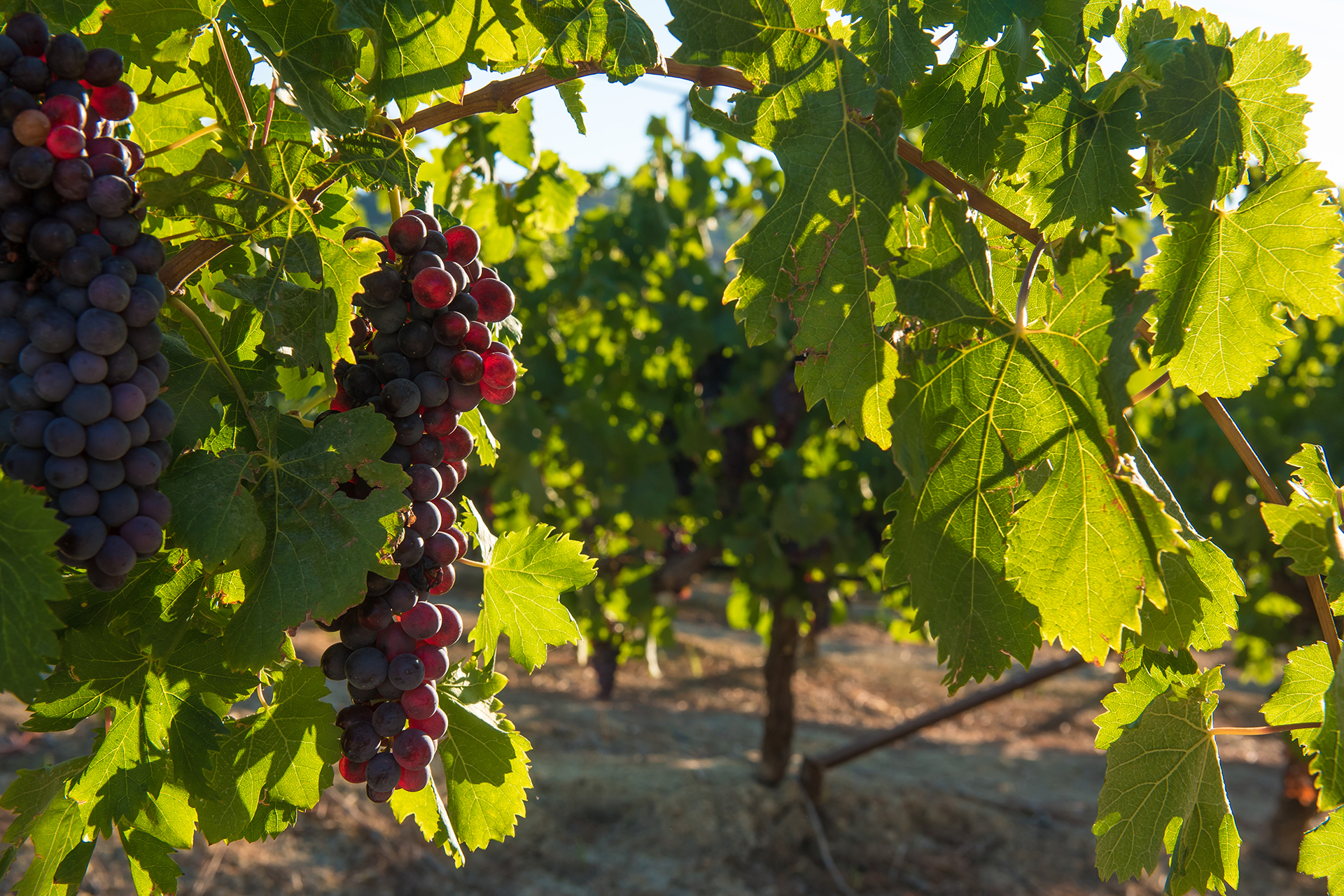
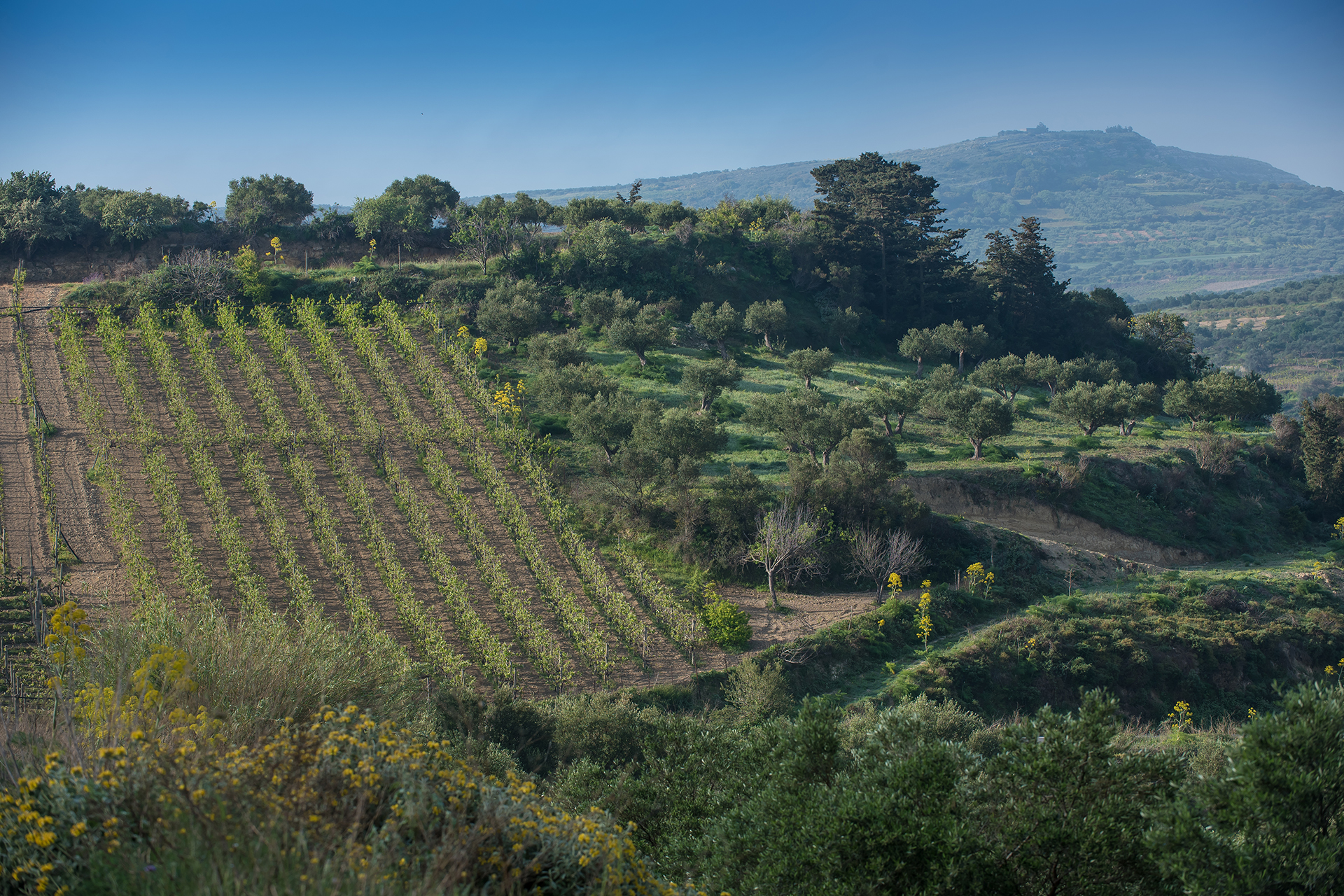
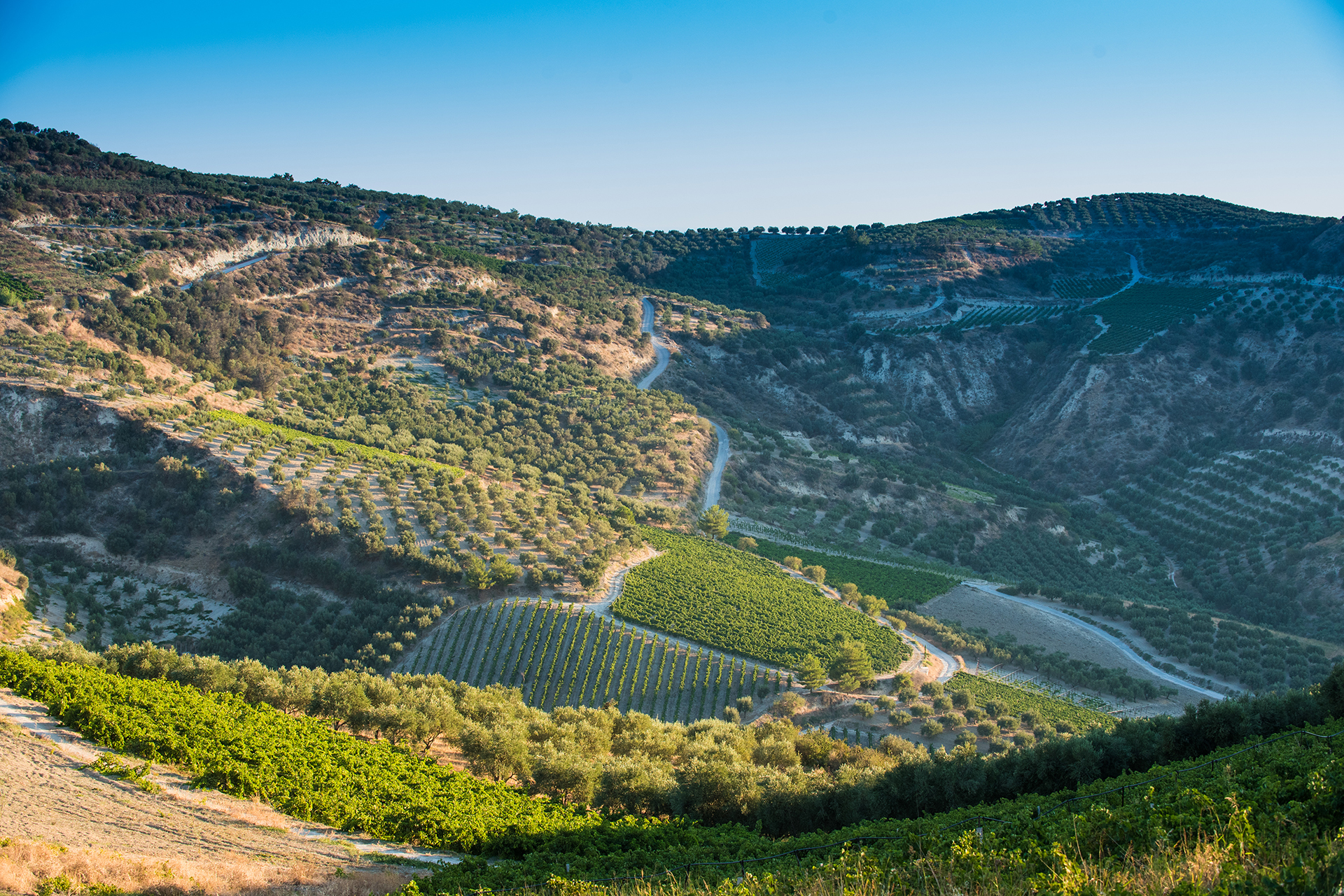
The next issue’s article will discuss in depth these developments and all the underlying factors of the new generation of contemporary Cretan wines. It will focus on all the latest vineyard developments and the new Cretan varieties coming back to life, on the state-of-the-art wineries that are open to the public, on the new generation of producers, who are making wines based on their university knowledge, and the old ones, who are wise enough to trust them. So, it will clearly demonstrate the validity of the conclusion reached by all the wine experts, both Greek and foreign, which is the following:
“If your view about Cretan wines is based on memories and knowledge of the past, then it is imperative that you reconsider. The new generation of Cretan wines is not what you once knew or what you remember. Contemporary bottled Cretan wines have nothing to envy from the wines of any other popular wine region in Greece. The new generation of great Cretan wines is here and it forms an integral part of the most highly-regarded local cuisine in Greece, the Cretan cuisine.”
It might be that it does not rain much in Crete, but the downpour of distinctions and medals awarded to Cretan wines in competitions all over the world keeps getting stronger!
Stay tuned to the enjoyment that the new generation of Cretan wines has to offer.
